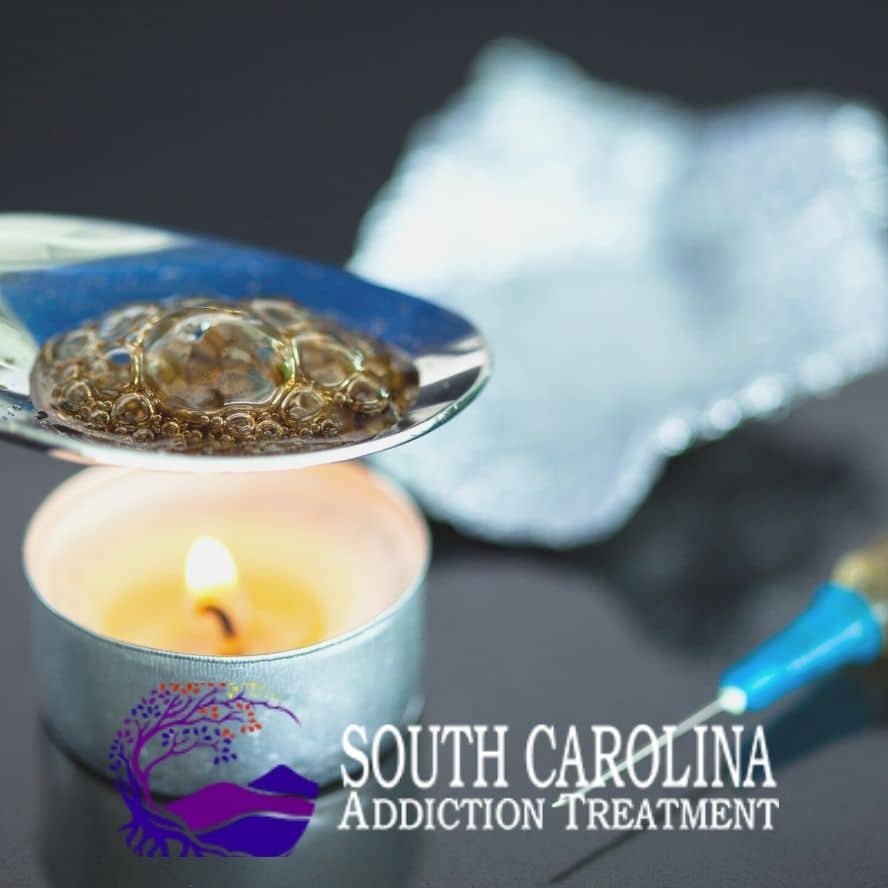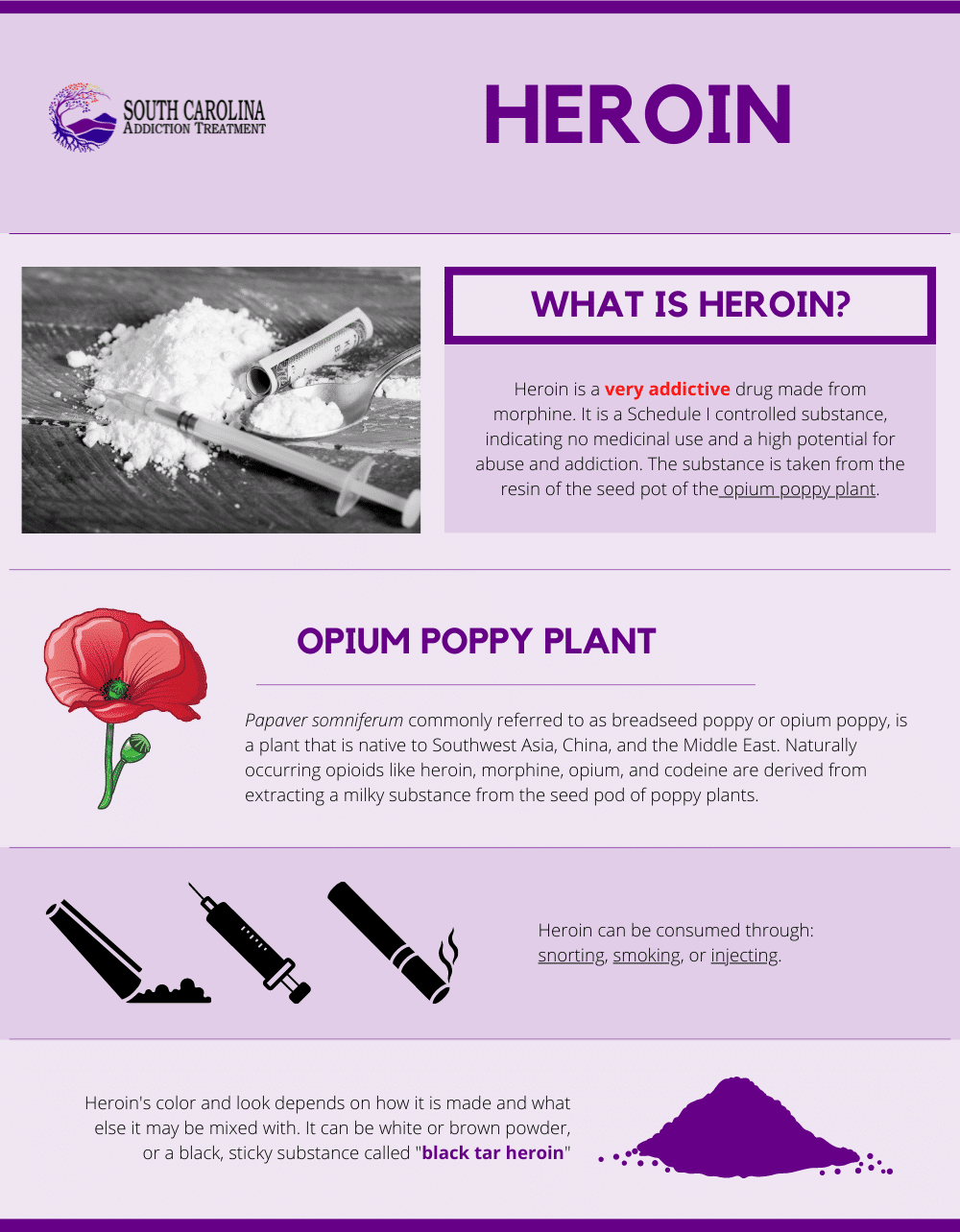How to Identify Heroin by Look, Smell, and Taste

Medically Verified: 2/1/24
Medical Reviewer
Chief Editor

All of the information on this page has been reviewed and verified by a certified addiction professional.
When people begin acting different, showing up to events intoxicated, and neglecting their responsibilities, their friends and family begin to worry. Loved ones may begin asking questions and investigating what is making the person suffer. And, when substance abuse is suspected, it can be difficult to know whether or not the signs point toward addiction.
In most cases, healthy individuals do not use heroin. Heroin is a dangerous and addictive substance that destroys the lives of hundreds of individuals each and every day. If heroin use is suspected or drugs are found in the home, loved ones may attempt to identify the substance and help their friend. Since opioid abuse and addiction are so rampant in the United States today, learning how to identify heroin by look, smell, and taste can be a valuable skill.

What is Heroin?
Heroin is an illegal drug composed of diacetylmorphine, a powerful opioid drug that is derived from morphine. When originally created in the early 1900s, heroin was meant to be used as a pain-killing medication and cough suppressant. However, its addictive properties were hard to hide. Today, heroin is illegal in all 50 states and has no accepted medical use.
The heroin found on the streets today is not the same as it was 30 years ago. Today, heroin is far more potent and deadly. It is also often found mixed with dangerous additives like fentanyl or carfentanyl.
The latest studies released found that 2020 was the deadliest year in drug overdose deaths and more than 13,000 Americans lost their lives to a heroin overdose.[1] Learning how to identify heroin based on the look, smell, and taste can help families and friends identify heroin abuse in a loved one so they can intervene before it is too late.
What Does Heroin Look Like?
Learning how to identify heroin by the way it looks can be difficult. Depending on how the substance is manufactured and what it is cut with, the appearance can vary greatly.
For starters, black tar heroin is a cheaper, more impure version of heroin. It is black or brown in color due to the remnants left behind from chemicals and bacteria. It also looks sticky or gooey and cannot be easily broken down into powder.
Other types of heroin that are more common nowadays come in rock or powdered form. Powdered heroin can range in color from white or beige to light brown. Sometimes, if it is cut with vitamins or supplements, heroin can take on the color of the additive, making it pink, green, yellow, or even grey.[2] Sometimes, very pure heroin may look similar to cocaine. Pure white heroin is often referred to as “gunpowder heroin.”
What Does Heroin Smell Like?
One of the easiest ways to identify heroin is by smell. Even though pure heroin is odorless, street heroin usually smells like vinegar. This is because of the way heroin is manufactured.
Manufacturers extract morphine from the seeds of poppy plants and boil morphine with acetic anhydride. After the chemicals have been boiled down to a paste or mineral-like substance, the remaining byproduct is acetic acid–the ingredient in vinegar that produces a pungent smell.
The extent to which heroin is purified may determine how strong the vinegar smell is. The less refined a batch is, the more likely it will smell like vinegar. For example, heroin that is black or brown in color or sticky to the touch may have a stronger vinegar smell than heroin that appears white or light brown.
Heroin can be cut with a variety of additives which may affect the smell. Some heroin found on the streets today has no smell at all. Other batches may smell like cat urine or kitty litter.[3] Individuals should never rely on smell alone to determine whether not a drug contains heroin. In fact, a substance with no smell at all could indicate something far more deadly–like fentanyl or other synthetic opioids.
What Does Heroin Taste Like?
People usually describe heroin as having a bitter taste. It may seem sour and strong or mimic the taste of vinegar. This is because of the leftover chemicals and byproducts that remain after manufacturing.
If heroin is cut with another substance like sugar, vitamins, or supplements, it may taste sweet. Sometimes, smoked heroin can taste like cotton candy or flavored sugar. However, if the drug is cut with something like rat poison or laundry detergent, it can taste acidic and produce a burning sensation on the tongue.
Heroin is a strong opioid that can cause people to overdose, especially if their tolerance is low. As a result, it is never suggested to try and taste heroin in an effort to identify the drug.
How to Identify Heroin-Related Drug Paraphernalia
Heroin can be administered in several ways. It can be smoked, snorted, injected, and even swallowed. Different types of paraphernalia are involved with each method of ingestion. Knowing the different paraphernalia involved in using heroin can help family members and loved ones identify whether nor not their loved one is using heroin.
- Injection paraphernalia – spoons that are bent at the base, bottle caps, cotton balls, tourniquet, lighter, and a hypodermic needle
- Snorting paraphernalia – straw or rolled bill/paper, a flat surface, and credit card or razor blade
- Smoking paraphernalia – straw, lighter, aluminum foil, and/or cigarette, rolling papers, or glass pipe
Find Help for Heroin Abuse and Addiction
Heroin abuse and addiction can have permanent and devastating effects on those who are affected by it. Even trying heroin one or two times can result in addiction. Once addiction develops, it can be terribly difficult to overcome due to mental obsession, compulsive behaviors, and nagging withdrawal symptoms.
If you or someone you love is addicted to heroin, we can help. South Carolina Addiction Treatment is a state-licensed and CARF (Commission on accreditation of rehabilitation facilities) accredited substance abuse treatment facility. Each client enrolled in our program will receive individual attention from a therapist and psychiatrist as well as gaining exposure to a multitude of traditional and alternative therapies.
Contact us today to get started.
References:

